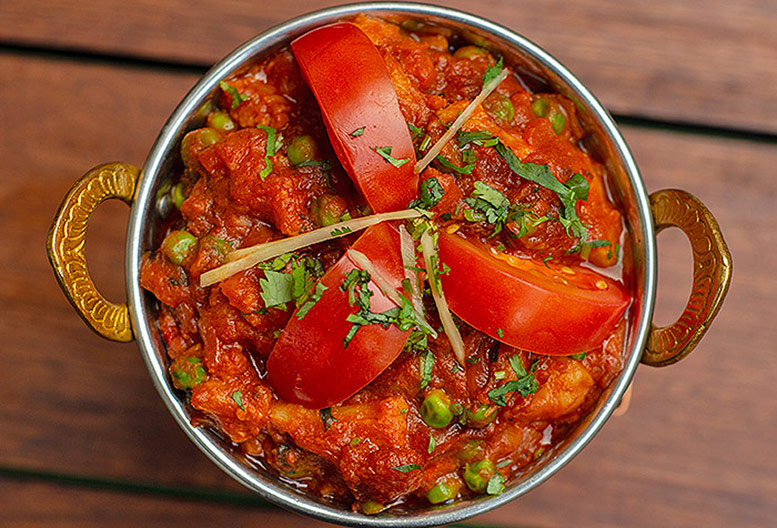
What Is the Difference between Indian and Pakistani Food?
India is a huge country that covers several regions, and each region is home to its people who have developed their different ways of life over thousands of years, including their different languages and, of course, cuisines. Not only that, but Pakistan, Bangladesh and even Burma were once parts of India, and therefore, a lot of people get confused when they encounter the culinary delights of each nation, thinking that it is all Indian food.
With 87% of Indian restaurants in the UK being owned by people from Bangladesh, it is forgivable for those people who are unaware that their Indian takeaway might not necessarily be very Indian at all.
So that leads us to a couple of questions; firstly, what is Indian food? And secondly, what is the difference between Pakistani and Indian food?
The term 'Indian food' is often used to describe the cuisine from many regions of the Indian Subcontinent; however, each nation and region has its own uniqueness and identity. The Indian Subcontinent covers a vast region that includes Bangladesh, Bhutan, India, the Maldives, Nepal and Sri Lanka, as well as Pakistan. So we are going to take a look at what differentiates these regional cuisines.
Pakistani Cuisine
With its rich Indian heritage, Pakistani food has many similarities to Indian food; however, many factors differentiate it too.
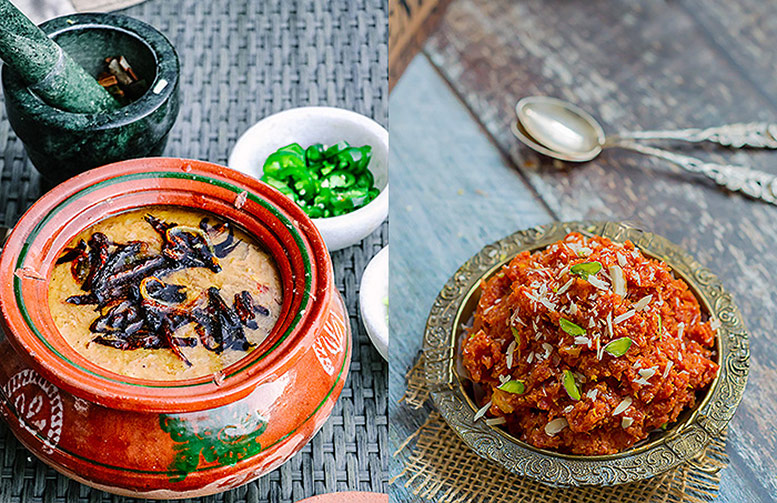
Due to the Muslim majority of Pakistan, meat dishes do not include pork, and with only the Southern region of Pakistan being close to the sea, further up North, fish isn’t consumed on a massive scale compared to what it is in places such as Bangladesh and Sri Lanka. Therefore, a traditional Pakistani menu would be more focused on chicken and red meat dishes, including beef and mutton as well as curries made with vegetables, beans and lentils.
Regional Cuisines of Pakistan
Pakistani cuisine is also diverse, from the spicy fish dishes that can be enjoyed in the coastal areas of Karachi to the warming, yoghurt and wheat-based recipes up in the mountainous Northern regions, not forgetting the amazing kebabs cooked by the Pashtuns.
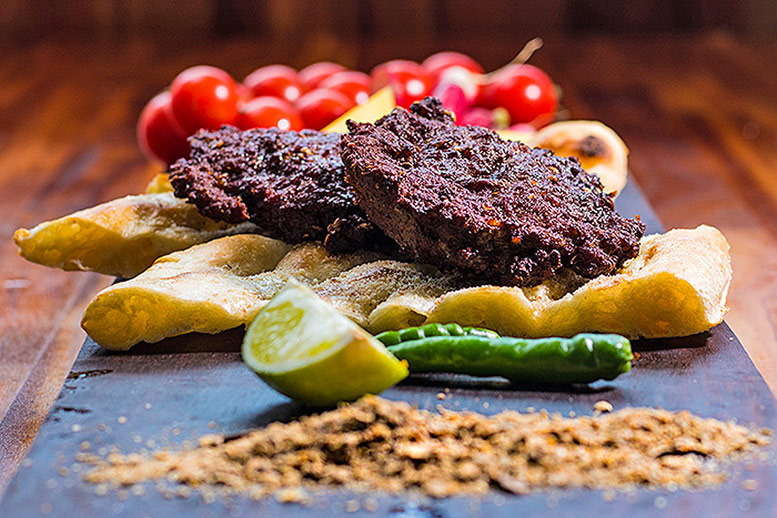
North Pakistani Cuisine
The diet of the people of the Hunza Valley is said to be the key to longevity. Consisting of a simple meal plan of Dhal (lentils) and Roti (flatbreads made from wheat flour), as well as a healthy combination of raw fruits, nuts and seeds, the people of Hunza live on a minimalistic, simple diet which is more affordable and easier to sustain.
The northern region of the Khyber Pakhtunkhwa province is home to the people of Chitral. Chitrali cuisine includes the fruits of a mountain agricultural lifestyle and includes dishes such as beef pilau, soups made with wheat noodles and dumpling recipes inspired by the Uzbek manti. Dried apricots and mulberries are also an integral part of Chitrali cuisine and are one of the region's exports to other parts of Pakistan.
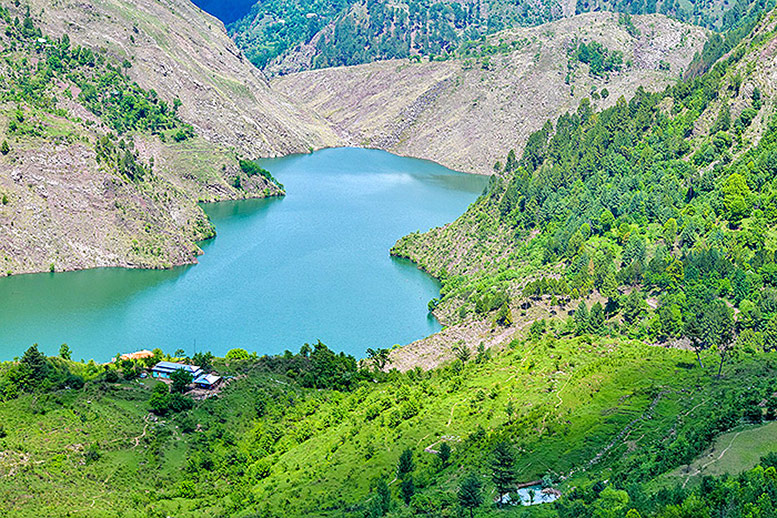
The people of Kashmir eat rice as a staple and enjoy a lot of meat dishes as well as Rajma (kidney beans). They are famous for their bakery products, such as flaky pastry Bakerkhani as well as pink Kashmiri chai (tea).
The Kalash cuisine of the indigenous people of the Kalash Valley includes apricots, grapes, mulberries, walnuts and wheat, which are grown in the region, as well as many other influences from other local Pakistani cuisines.
Eastern Pakistani Cuisine
The Punjab region includes both the Punjab province of Eastern Pakistan and the state of Punjab in India, so unsurprisingly, there is not a huge difference in the cuisines on both the Indian and Pakistani sides of Punjab.
Punjabi cuisine mainly consists of dairy products, rich, buttery curries and an extensive range of meat and vegetable dishes. Both the Indian and the Pakistani areas of Punjab have some famous dishes in common, such as Dal Makhani (lentils with butter), Sarson ka Saag (mustard greens), Makki ki Roti (cornmeal flatbread) and Paratha.
The Saraiki cuisine of the Southern Punjab in Pakistan has its unique dishes including Sohan Halwa, Multani Chammp (lamb chops) and Chilra, which is like a Dosa; something you might not expect to find in Pakistan at all!
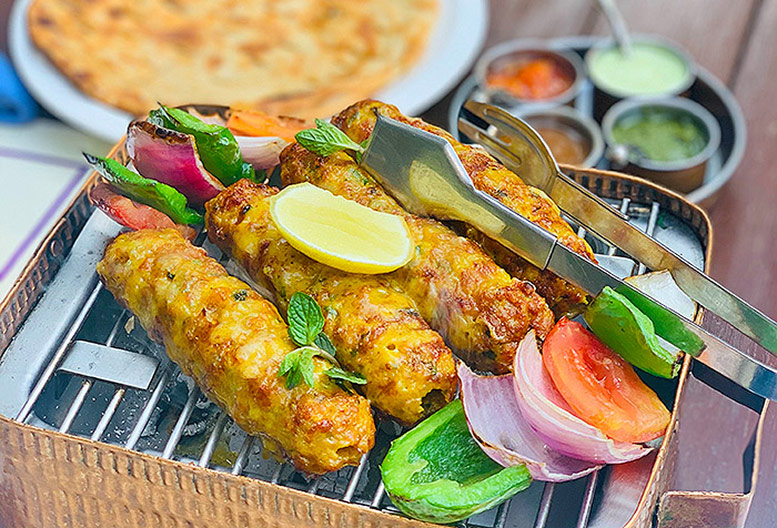
Lahori cuisine is the food of the city of Lahore, which is famous for its rich food culture. Some typical dishes you can find in Lahore include Nihari, which is a deliciously gloopy stew of slow-cooked meat, thickened with flour and Halwa Puri, a breakfast speciality of Lahore.
Sindhi cuisine, which is heavily influenced by Middle Eastern, Central Asian and South Asian cuisines, and boasts a variety of curries that are normally eaten with Phulka (wheat-based flatbread) and rice, is the native cuisine of the people of Sindh in Pakistan. However, this cuisine can also be found in India due to the number of Hindu Sindhis who migrated to the Indian side of the border in 1947. Some popular Sindhi dishes include Sai Bhaji rice and Sindhi biryani.
Punjabi and Sindhi food is spicier compared to the cuisines of the Northern and Western regions of Pakistan.
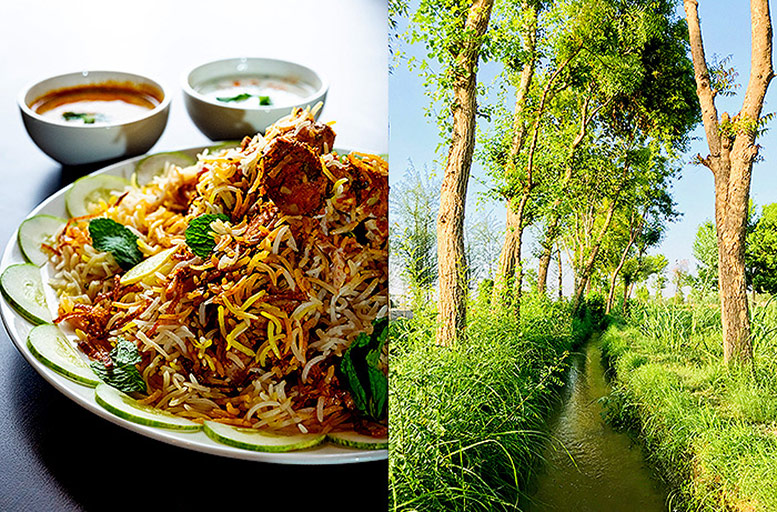
Karachi Cuisine, which is influenced by the Muhajir people who moved to Pakistan in 1947, is a fusion of Mughal, Awadhi and Hyderabadi cuisines as well as the other regional cuisines of both Pakistan and India, making Karachi an absolute melting pot of diversity with astounding food culture. Some renowned dishes from Karachi include Katakat (meat and spices chopped on a hot plate), biryani and of course, seafood on the coast.
Western Pakistani Cuisine
The Hazaragi cuisine of the Hazara people of Balochistan and neighbouring Afghanistan is influenced by Central Asian, Persian and South Asian cuisines. Largely centred around bread, some classic examples of Hazara cuisine include Tawa bread, which has been baked on a hot plate, as well as bread cooked in a tandoor.
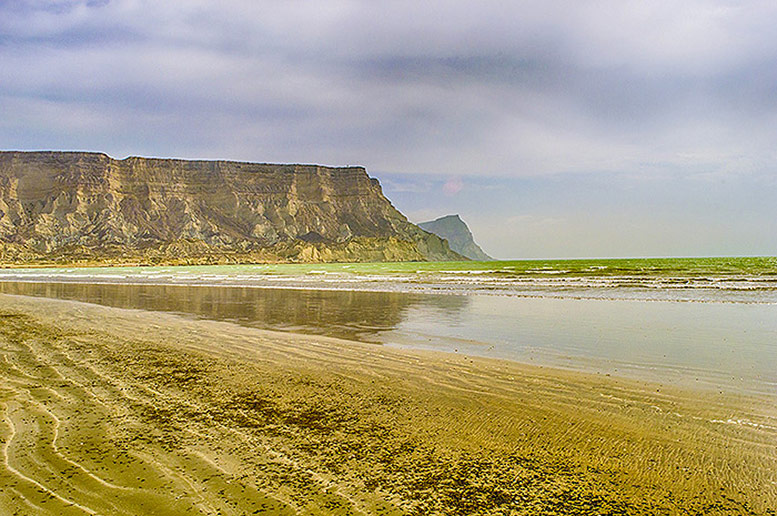
Balochi cuisine is from a region which is not only the Balochistan province of Pakistan but also the Sistan and Baluchestan of neighbouring Iran and the Balochistan area of Afghanistan. Popular dishes that have gained fame across Pakistan include Sajji (skewered chicken cooked over a fire) and Dampukht, a fatty meat dish. The Baloch people living on the coast also have their fish recipes.
The Pashtun cuisine of Khyber Pakhtunkhwa and Peshawari cuisine, with their Afghan and Iranian influences, includes a multitude of meat and chicken dishes. Some classic examples include Kabuli Pilau, made with meat and rice, and Chapli Kebab.
Indian Cuisine
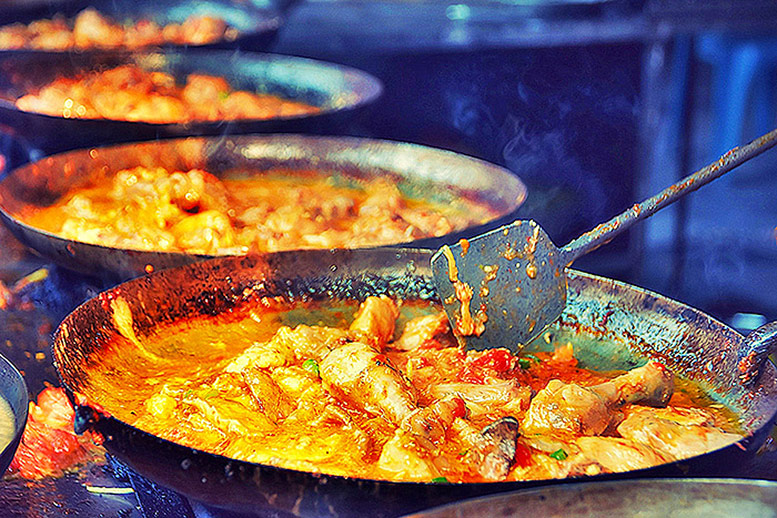
Indian cuisine is so diverse due to its vast landmass and cultural and religious history. Although some regional cuisines of India can also be found in Pakistan, due to the geographical locations, many other factors give Indian cuisine its uniqueness, such as the cultural and religious lifestyles of the people who live there and the climate.
For example, India offers an astounding variety of vegetarian dishes, and due to the tropical climate, as you travel further south, you will find many dishes are coconut-based, something that is not common in Pakistani cooking. Indian food tends to be on the spicier side too, and spices such as Hing (asafoetida), mustard seeds and curry leaves are used more often in Indian recipes.
North Indian Cuisine
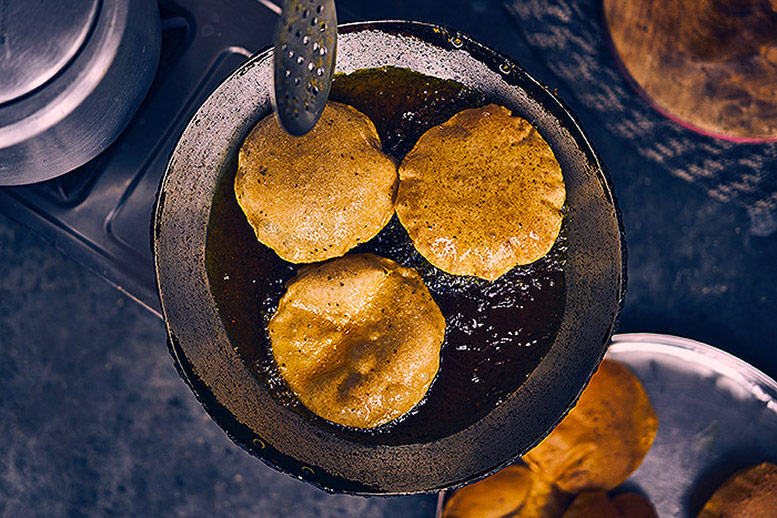
Similar to the cuisine of Pakistan with its Mughlai, Kashmiri and Punjabi dishes and the strong Central Asian influence, the main difference is the focus on vegetable dishes rather than meat, although there are plenty of non-vegetarian dishes from the region too, such as Amritsari fish, butter chicken, and of course Biryani.
The regional cuisines of Northern India include Awadhi, Benarasi, Bhojpuri, Himachali, Kashmiri, Kumauni, Mughlai, Punjabi, Rajasthani and the cuisine of Uttar Pradesh. (Punjabi and Kashmiri cuisine is also from Pakistan.)
East Indian Cuisine
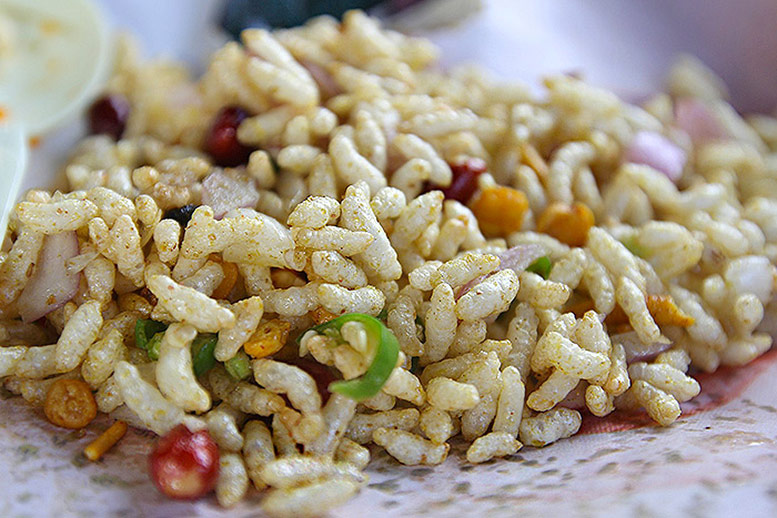
In East Indian cuisine, you will find lots of fish and vegetable curries enhanced with dairy products, such as Chingri Malai curry, which is a traditional Bengali prawn dish, as well as Pakhala, which is a yoghurt and rice-based dish from Odisha, and Jhalmuri, a Bengali puffed rice snack.
The regional cuisines of Eastern India include Bengali, Bihari, Jharkhand, Oriya and Maithil.
North-East Indian Cuisine
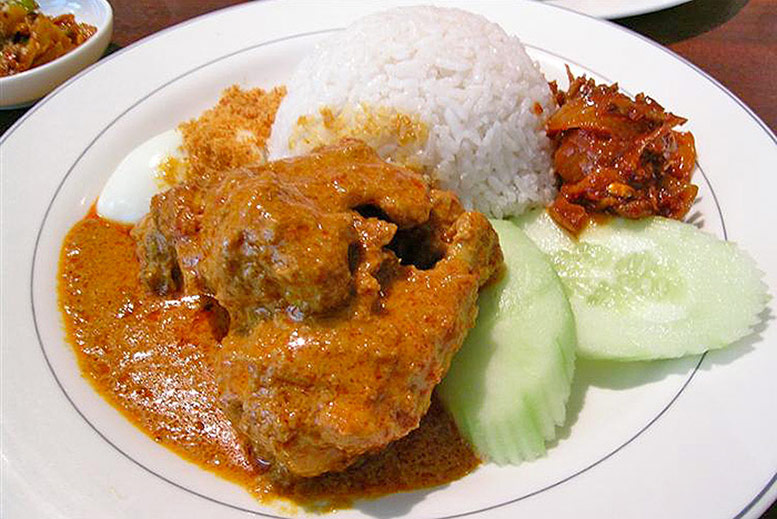
There is a range of both vegetarian and non-vegetarian dishes in North East India, including Maach Jhol, a fish dish from Assam, Bharta from Tripura and Chak-Hao kheer, which is a sort of rice pudding from Manipur.
The regional cuisines of Northeastern India include Arunachalese, Assamese, Meghalayan, Manipuri, Mizoram, Naga, Sikkimese and Tripuri.
South Indian Cuisine
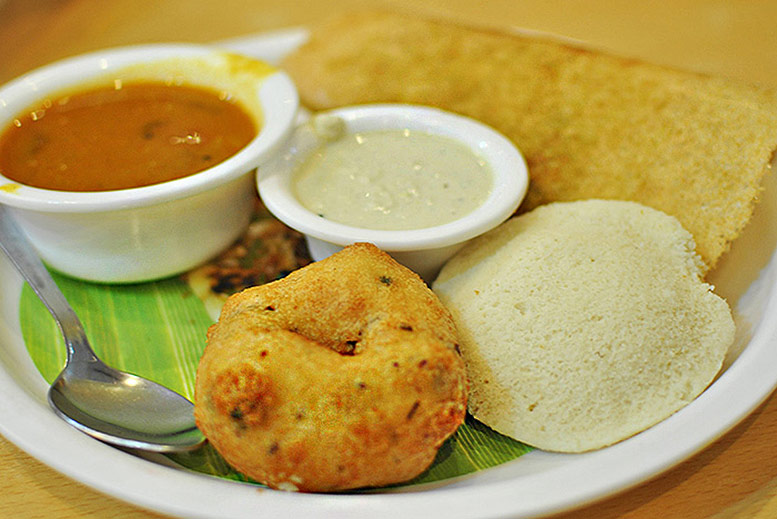
The people of South India enjoy both vegetarian and non-vegetarian diets depending on their religion or lifestyle, dishes from the region include Chettinadu chicken, Idiappam which is steamed rice or noodles from Tamil Nadu and the renowned Idli (steamed cakes of ground rice and pulses) and Dosa (a pancake made from ground rice and pulses) which can be eaten with Sambhar (a blended soup of lentils and vegetables).
The regional cuisines of Southern India include Andhra (Telugu), Chettinad, Hyderabadi, Kannada (Karnataka), Kerala, Mangalorean, Saraswat, Telangana, Tamil and Udupi.
West Indian Cuisine
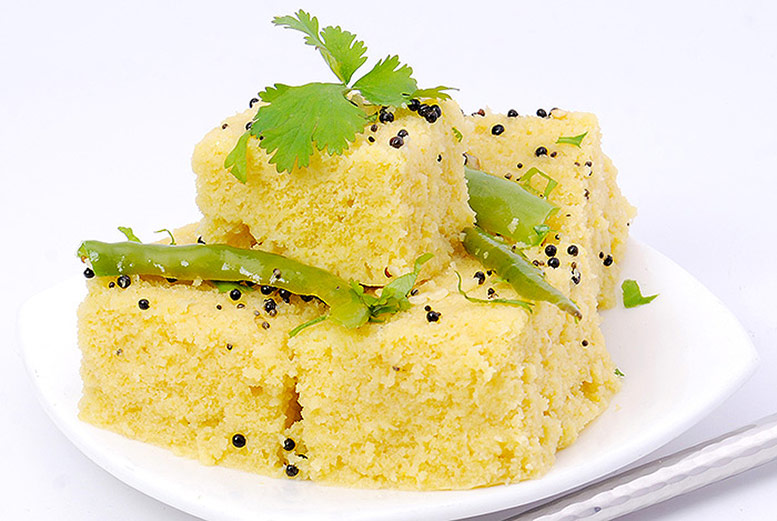
Not to be confused with the cuisine of the West Indies, the West Indian food we are referring to here is Goan, Gujarati, Maharashtrian (Marathi), Malwani, Konkani, Parsi and Sindhi (Parsi and Sindhi cuisine is also from Pakistan).
The regional dishes of Western India include Kolim (Jawla), a dried fish recipe from the coast of Maharashtra, the famous Vindaloo from Goa and Undhiyu, the signature Winter dish from Gujarat, which is a warming, spicy curry made with mixed vegetables and eaten with Roti or Puri. Not forgetting Dhokla, which is a savoury, spongy cake-like snack made from rice and split chickpeas, and garnished with onion seeds and fresh coriander leaves. Dhokla can be eaten for breakfast or as a meal too.


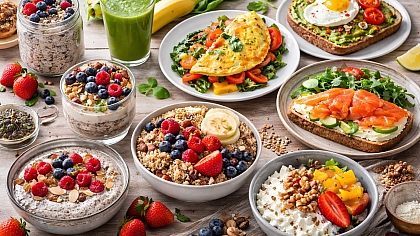
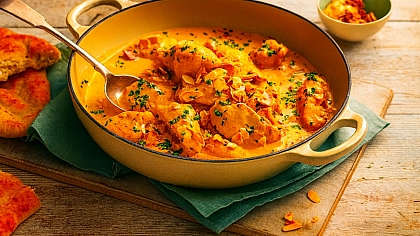
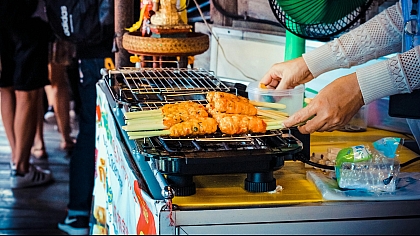
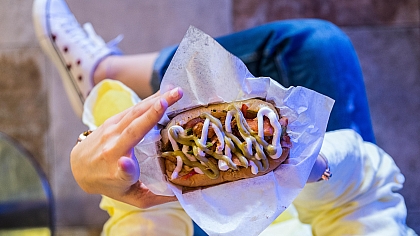
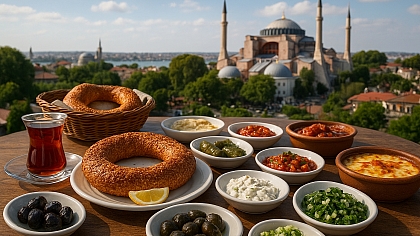
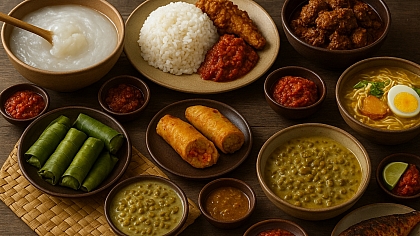
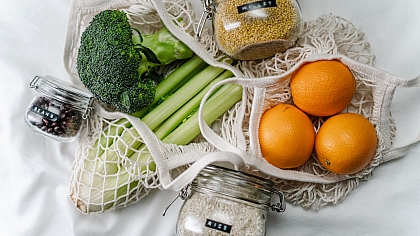
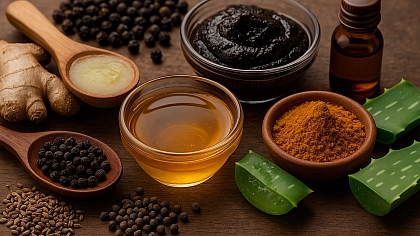
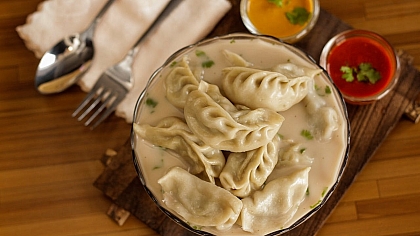
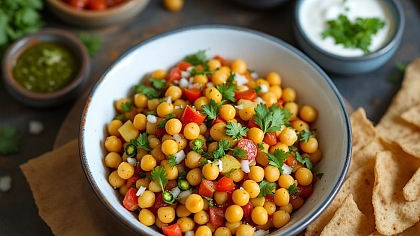
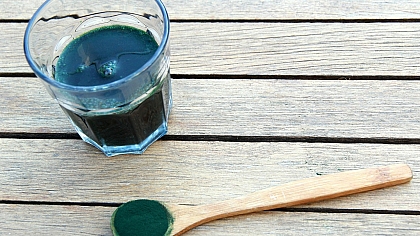
COMMENTS
Marvelous and very informative.
It's very difficult to summarize the cuisine of the subcontinent in one article alone. The author's understanding of Indian cuisine, while accurate in terms of individual items, does not even scratch the surface. And I don't blame you. Frankly even Indians can't describe Indian cuisine properly unless they're highly experienced chefs like Sanjeev Kapoor.
I have been to Pakistani restaurants overseas, and apart from the presence of more meat-centric dishes, I didn't find any difference in taste from Indian cuisine. "Shan" is a good spice mix from Pakistan which is increasingly popular in India as well. Baloch, Chitrali and Kalash cuisines are the only varieties you wouldn't find in India, and I'd most certainly want to try their authentic dishes. The sad thing is none of Pakistan's mountain regional cuisines feature in Pakistani restaurants abroad.
Let us remember a major part of Kashmir is with India, and its dishes like Rista and Roganjosh have become mainstream all over the country.
Hyderabadi cuisine, while technically Deccan, does not fall under the ambit of south Indian cuisine. It's closer to Awadhi and Iranian cuisine than any other. Hyderabadi biryani is definitely very different in taste compared to Pakistani biryanis, or even the biryanis from other parts of India. The Mirchi ka salan and raita makes all the difference. Plus I don't really like potatoes added in biryani.
You've mentioned some names like Malvani, Goan, and Malabari cuisine. I know it's very difficult to cover everything in one article but these are unlike anything else found in India. They do feature a lot of fish dishes but mutton is also pretty common.
Kerala, North-east India, Hyderabad, and a few other regional cuisines also feature beef. Pork vindaloo is one of the most famous dishes from Goa.
You mentioned Rajasthani cuisine. Then there's Haryanvi which is similar. They mostly feature vegetarian dishes like gewar and choorma but Rajasthani laal maas (red mutton curry) is equally famous.
It will take me all day if I had to go line by line for each Indian regional cuisine varieties. But here's one important difference between Indian and Pakistani cuisines which you must inform your readers.
Indian cuisine heavily features paneer (cottage cheese) dishes. Shahi and Palak paneer are a regular feature in an average Indian home. For the most part, I have noticed that paneer is absent in Pakistani cuisine. They do know what it is but they don't consume it that much.
Pakistanis definitely consume more meat, on average than the Indians. Three times is correct as per this chart https://en.wikipedia.org/wiki/List_of_countries_by_meat_consumption But still not enough comparable to Western nations which consume 5-7 times more meat than the Pakistanis. So either the figures are incorrect or a lot of Pakistanis are forced to remain vegetarian because they can't afford meat. I believe then that the Pakistanis consume a lot more veggies than they like to admit, they just want to feel better than the Indians.
Nice blog.
Very informative